
In today’s fast-paced world, where constant connectivity and information overload are the norms, many people find themselves in a state of perpetual hyper-arousal.
This state of heightened alertness and stress has become so common that we’ve lost touch with what constitutes optimal arousal, leading to a harmful cycle that impacts both our mental and physical health.
At Recover, we understand the challenges that come with managing stress and achieving balance. As a wellness product supplier, our mission is to provide you with the tools and practices needed to break this cycle and restore your well-being.
The Cycle of Hyperarousal and Hypoarousal
Hyperarousal is a condition where the body’s stress response system is overstimulated, resulting in heightened alertness, anxiety, and difficulty relaxing. It's a common issue in modern life, often triggered by constant digital engagement, high work demands, and chronic stress.
Conversely, hypoarousal occurs when the body’s stress response system is underactive, leading to feelings of fatigue, lack of motivation, and depression. The constant fluctuation between these two states creates chemical imbalances in our bodies that can have far-reaching consequences.
The Impact on Our Body’s Chemistry
-
Cortisol: Chronic hyperarousal leads to consistently high levels of cortisol, a stress hormone that can impair immune function, disrupt sleep, and contribute to weight gain.
-
Adrenaline (Epinephrine): This hormone prepares the body for a “fight-or-flight” response. Excessive adrenaline due to constant stress can lead to heart palpitations, high blood pressure, and anxiety.
-
Norepinephrine: Similar to adrenaline, norepinephrine is involved in the body’s stress response. Elevated levels can contribute to heightened anxiety and difficulty focusing.
-
Serotonin and Dopamine: These neurotransmitters are crucial for mood regulation and motivation. Chronic stress and hyperarousal can disrupt their balance, leading to mood swings and decreased overall well-being.
-
Melatonin: This hormone regulates sleep. Persistent hyperarousal can interfere with melatonin production, leading to sleep disturbances and reduced sleep quality.
Strategies to Manage and Cope with Hyperarousal and Hypoarousal
To break this cycle and restore balance, it's important to implement recovery practices that stabilize the body’s stress response. Here are some effective strategies that we use and suggest to our clients and customer:
-
Mindfulness, Meditation, and Breathwork: Practices like mindfulness, meditation, and breathwork can help reduce hyperarousal by calming the nervous system and balancing cortisol levels. Regulating your breathing through various techniques can make a significant difference in managing stress.
-
Regular Physical Activity: Exercise helps regulate neurotransmitter levels and reduces stress. Aerobic activities, in particular, can lower cortisol levels and improve mood.
-
Healthy Sleep Habits: Establishing a consistent sleep routine and creating a restful environment can help manage hyperarousal. Reducing screen time before bed and practicing relaxation techniques can enhance sleep quality and melatonin production.
-
Manage Stimulant and Depressant Use: Limiting the use of stimulants like caffeine to the first third of the day and avoiding depressants like alcohol can significantly improve sleep quality and overall arousal balance.
-
Balanced Diet: Consuming a diet rich in nutrients that support neurotransmitter function—such as omega-3 fatty acids, magnesium, and B vitamins—can help manage stress and improve mental health.
-
Stress Management Techniques: Incorporating stress-reducing techniques such as deep breathing exercises, muscle relaxation techniques, nervous system calming and time management strategies can help balance arousal levels.
-
Digital Detox: Limiting exposure to digital devices and social media can reduce the sensory overload that contributes to hyperarousal. Setting boundaries for digital use can help recalibrate the body’s stress response system.
The Role of Ice Baths and Saunas in Managing Hyperarousal
Ice baths and saunas can play a significant role in managing hyperarousal by helping to regulate the body’s stress response. Ice baths, also known as cold water immersion therapy, trigger a powerful parasympathetic response, which helps to calm the nervous system, reduce cortisol levels, and promote a sense of relaxation. The cold exposure can also enhance the production of endorphins, which improve mood and counteract the effects of stress.
On the flip side of the coin, saunas provide a contrasting form of therapy, using heat to encourage the release of toxins, improve circulation, and stimulate the production of serotonin, a neurotransmitter crucial for mood regulation.
By alternating between cold and heat exposure, individuals can effectively balance their arousal levels, promoting both physical and mental recovery. At Recover, our premium ice baths and saunas are designed to support these practices, offering a natural and effective way to manage stress and enhance overall well-being.
By recognizing the impact of hyperarousal on key chemicals in the body and implementing these effective management strategies, you can achieve a more balanced state of arousal. This balance not only enhances well-being but also fosters resilience against the challenges of modern life.





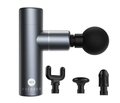




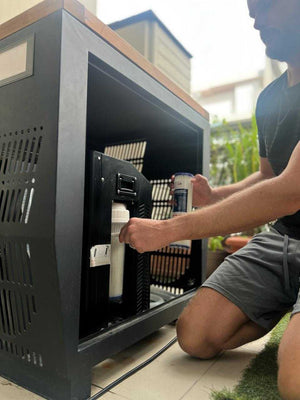
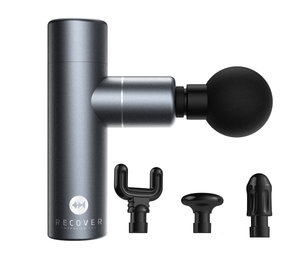
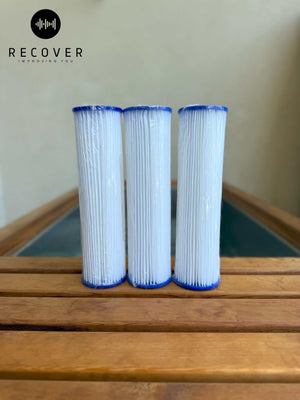



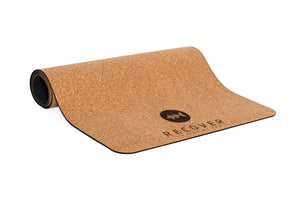
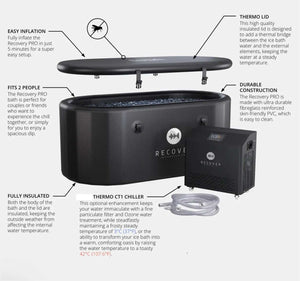
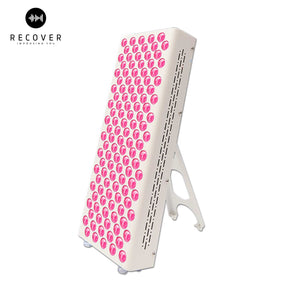
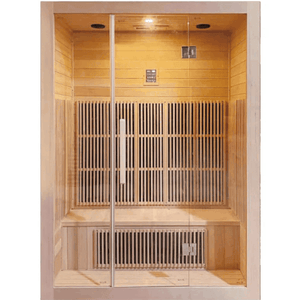

Leave a comment
This site is protected by hCaptcha and the hCaptcha Privacy Policy and Terms of Service apply.